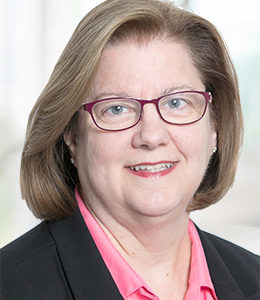
A report from Gartner® suggests rising software costs thanks to a widespread embrace of SaaS. In its Predicts 2022: SaaS Dominates Software Contracting by 2026 — and So Do Risks, Gartner makes a case that as most of the top 20 software vendors phase out the sale of new perpetual licenses, certain software ownership and operations costs, including support, will increase as much as 35% by year end 2025. Key areas you should expect to see cost increases include:
Subscription Costs
Although many subscriptions cost about one-third of a perpetual license plus maintenance, the subscription cost is about one-third higher than the annual maintenance fee of a perpetual license. The ongoing annual costs will be higher with the subscription model.
Integration Costs
Many of the top enterprise software providers have embedded integration solutions (e.g. SAP’s Integration Suite and Oracle’s Integration Cloud), but what if your enterprise has to integrate environments spanning multiple application vendors? An integration platform (IPaaS) may be the better answer. However, Gartner believes that “by YE24, integration costs associated with iPaaS subscriptions and hidden fees will increase overall subscription costs by at least 20%,” which would erase potential savings anticipated from adopting a best-fit application strategy.
Non-compliance Costs
It’s a poorly kept secret that software vendors have applied compliance audit pressure to accelerate migration to their cloud offerings. Compliance audit costs can be high, not to mention the distraction they pose to business operations.
Value Costs
One can argue that it is fair to expect to pay a higher price for improved value — the assumption being that SaaS offers ‘something more’ than perpetual licenses. This hasn’t proven to be the case for general ERP functionality, but for solutions offering industry specialization, it may ring true. For example, Gartner predicts that “by YE25, SaaS customers buying into industry vertical offerings will see 40% higher subscription costs than buying generic offerings but will spend 30% less time on customization.”
Lock-in Costs
Vendor lock-in at contract renewal time is a real challenge, particularly with enterprise software where the massive switching effort prohibits customers from simply walking away from unfavorable contract provisions. Customers can end up paying premium subscription rates to avoid the disruption of switching. A lost opportunity cost can also exist when the vendor lock-in stops the enterprise from choosing another, perhaps better solution.
Bottom Line
For the complex, tightly integrated world of enterprise software, the move to SaaS will not happen overnight. IT leaders planning on moving enterprise software to an aaS model should also plan on supporting their existing application portfolio during the interim. Per Gartner, this may also include “find[ing] credible, long-term third-party support for these products.”
As enterprises shift to the SaaS licensing model, or choose to retain their perpetual licenses, a key area where increased costs can be mitigated is in support and maintenance. Says Gartner, “The growing trend of vendors rendering perpetual license support unaffordable or unavailable should be a strong catalyst for expansion of the existing market of third-party support firms.”
Get the Gartner report: Predicts 2022: SaaS Dominates Software Contracting by 2026 — and So Do Risks
You may also like:
- Read: Taking the Smart Path: An ROI Analysis of Rimini Street Enterprise Software Services
- Watch: 7 Misconceptions of ERP in the Cloud
- Solution: Expert Cloud Migration Advisory Services
